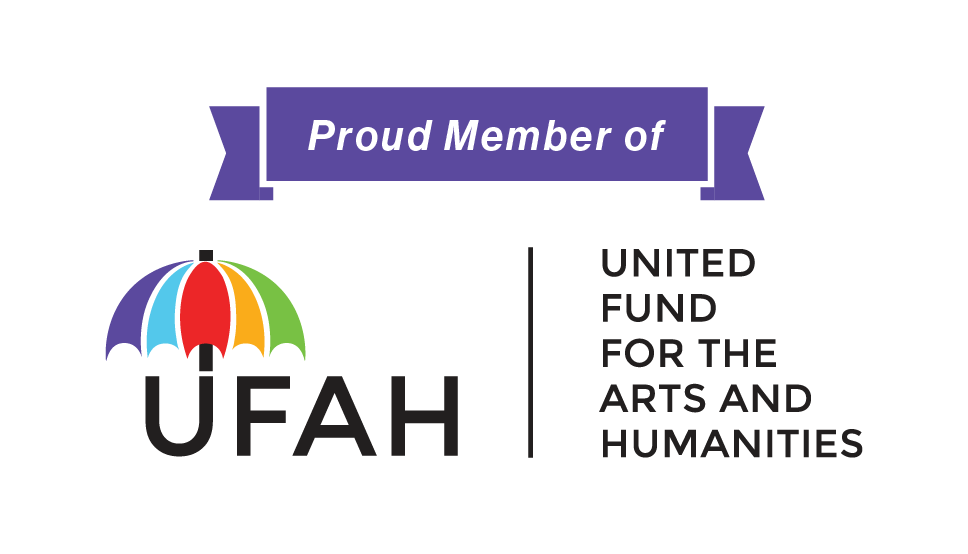Hmong arriving at the La Crosse airport, circa 1990. Image courtesy of La Crosse County Historical Society and the La Crosse Public Library Archives.
After the withdrawal of U.S. forces from Southeast Asia in 1975, the Hmong faced persecution for collaborating with the U.S. from the new communist government and were forced to flee their homeland. Many spent time in refugee camps in Thailand before being resettled in various countries, including Australia, France, Canada, Germany, and the United States.
Hmong refugees were granted legal admission to the United States and were initially resettled by church organizations such as Catholic Charities and Lutheran Social Services.
California, Minnesota, and Wisconsin were among the states accepting the most Hmong refugees, the earliest arriving in the mid-to-late 1970s and early 1980s.
In June 1976, the first Hmong refugees arrived in the La Crosse area. The family of four brothers was sponsored by the Good Shepherd Lutheran Church in Viroqua.
Over the following years, the Southeast Asian population grew steadily. By 1982, there were approximately 800 Southeast Asian refugees living in the La Crosse area, including 600 Hmong, 120 Cambodians, 55 Vietnamese, and 25 Lao.
Today, Wisconsin is home to approximately 71,000 Hmong. Cities with a sizeable Hmong population include Milwaukee, Wausau, Sheboygan, La Crosse, Madison, Eau Claire, Green Bay, Appleton, Oshkosh, Manitowoc, Stevens Point, Wisconsin Rapids, Menomonie, and Fond du Lac.
The Hmong community is a significant part of La Crosse's population, with many residents having lived in the city and county for several decades. In La Crosse, people of Asian heritage, particularly the Hmong community, make up the largest ethnic minority group, comprising around 4% of the population. The city has a Hmong population of 1,435, and La Crosse County has a Hmong population of 3,402.


